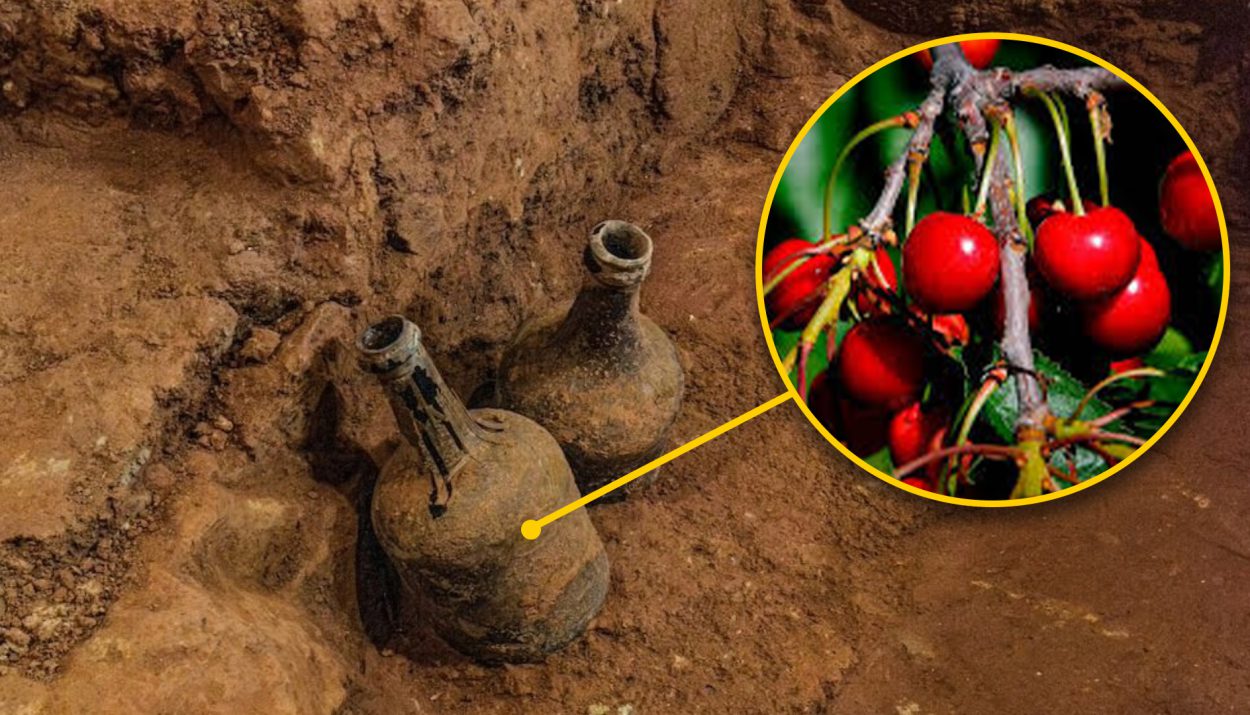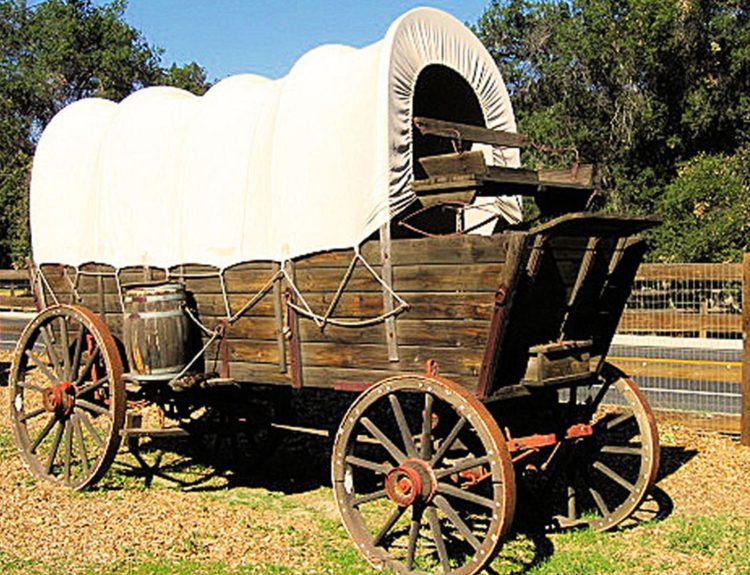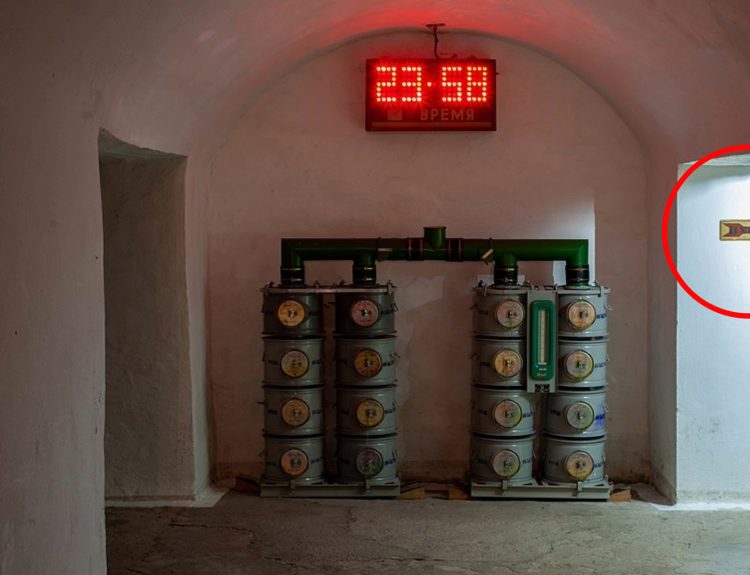As elementary school students, we were taught an endearing story about George Washington and a cherry tree. As the story goes, young George was a rambunctious boy who chopped down one of his father’s cherry trees. When confronted about the deed, little George told his father, “I cannot tell a lie; I did it with my little hatchet.”
The tale, which is most likely a fabrication designed to make George Washington look honest, has become part of the folklore of the first American president. And it forever linked him to cherries. It should come as no surprise then that archaeologists discovered bottles of cherries in Washington’s former home.
Mount Vernon Is Getting an Upgrade
Mount Vernon, the mansion home of George Washington, is a grand and stately house, but one that is beginning to show its age. The home, which was modest at first, was built by Washington’s father in 1734. In 1761, when Washington inherited it, he commissioned several expansion projects.

Today, the foundation of the nearly 300-year-old building is showing signs of deterioration. As part of the restoration project at Mount Vernon, a team of archaeologists were brought in to search for forgotten artifacts and ensure that the construction workers maintain the integrity of the historic building.
A Sweet Discovery
An archaeologist on the project, Nick Beard, was excavating the compacted dirt floor of Mount Vernon’s basement a few months ago when he uncovered the top of a glass bottle. It is common to find glass bottles and shards of glass, so he wasn’t expecting to make a significant find.
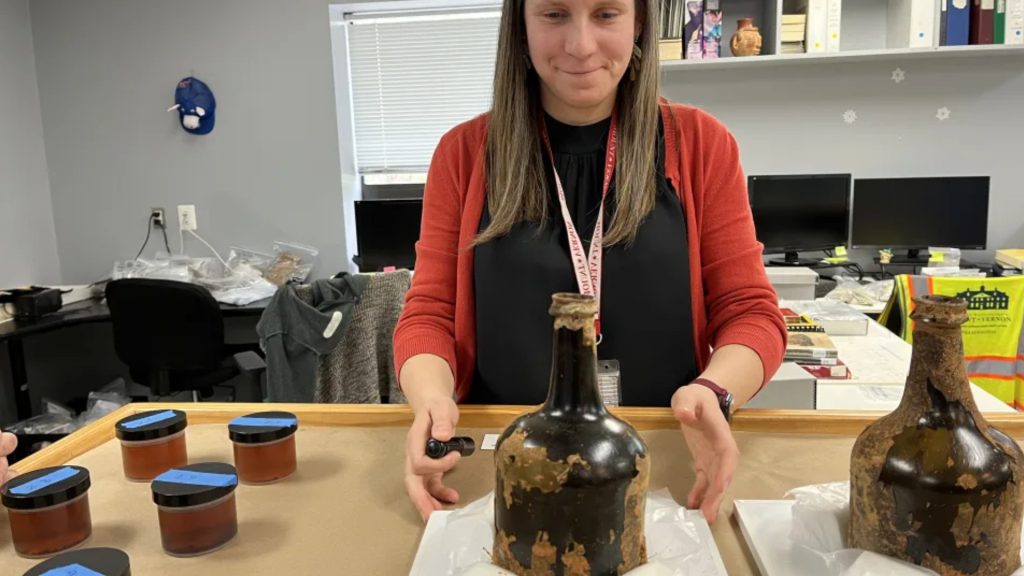
“It kept getting larger and larger,” Beard recalled. When he stuck a finger into the opening of the bottle, he was shocked when he felt liquid. He explained, “I thought about it for a half-second longer and said, ‘Oh, my God, my finger is wet!’.”
“Completely Full of Liquid”
With the intact bottle still firmly in the soil, Beard recounted, “I got my flashlight out and shined it in there, and the thing is completely full of liquid.” He immediately called his fellow archaeologists on the project team.
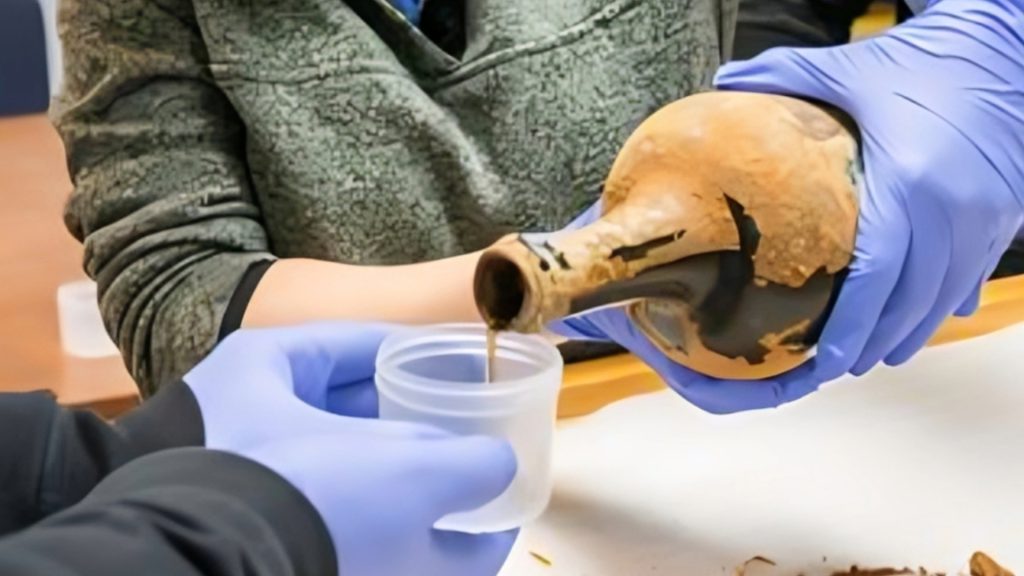
Jason Boroughs, the principal archaeologist at Mount Vernon, called it an “an out-of-the-box, next-level, spectacular find.” And it wasn’t the only one. Last month, archaeologists discovered a second bottle. Just what was inside that made this such a sweet find?
Cherries!
A thorough inspection of both glass bottles revealed that, in addition to the liquid, they held cherries. According to Borough, “There are whole, recognizable cherries. It actually smelled like cherry blossoms when we got to the bottom.”
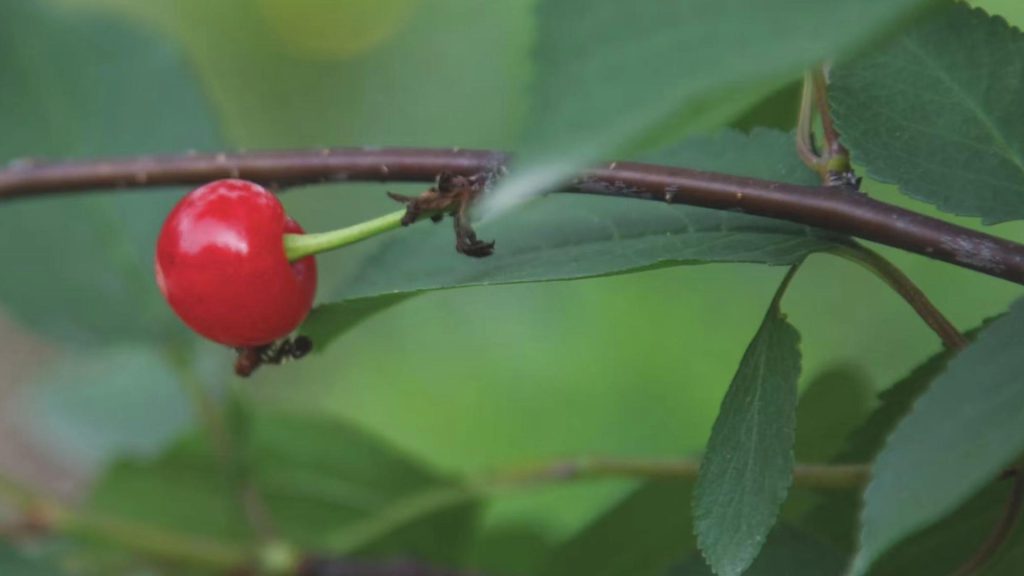
The researchers speculated that the liquid was groundwater that seeped into the bottles when the corks dried out and loosened. They believe that the bottles originally held just the fruit. Wet, mushy cherries, along with pits and stems, were discovered.
Taking Care to Remove the Bottles from the Dirt
Before the bottles could be freed from the compacted dirt in the cellar, the research team siphoned out the contents and stored them for later analysis. Then the project’s archaeologists took extreme care and precautions before attempting to excavate the fragile glass bottles.
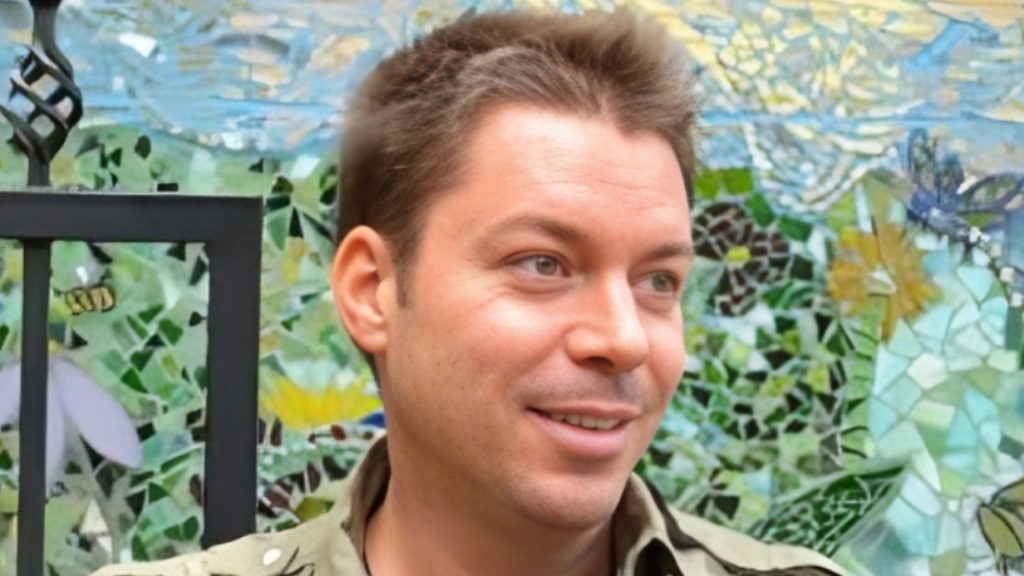
“We wanted to make sure that we would do due diligence when we excavated,” Boroughs said. Yet, he admits that he was eager to start digging. “We were worried that somebody could step on it.”
A Team Effort
Preparations were in place to retrieve the glass bottles on March 22 of this year. On that day, the archaeology team was joined by the curators at Mount Vernon. They all crowded into the small basement cellar of the mansion in eager anticipation.

As Beard recalled, “We kind of actually all took turns digging them out. We wanted the whole team to kind of be a part of that.” As the initial discoverer, Beard pulled the first bottle from the dirt. “My heart was racing, hands were shaking,” he said. “But it came out beautifully.”
Were They Washington’s Cherries?
It is quite possible that these were George Washington’s cherries. According to archaeologists, the bottles were likely buried in the cellar storeroom about 250 years ago. Boroughs explained, “There are 18th-century accounts that talk about proper ways of preserving fruits and vegetables.”
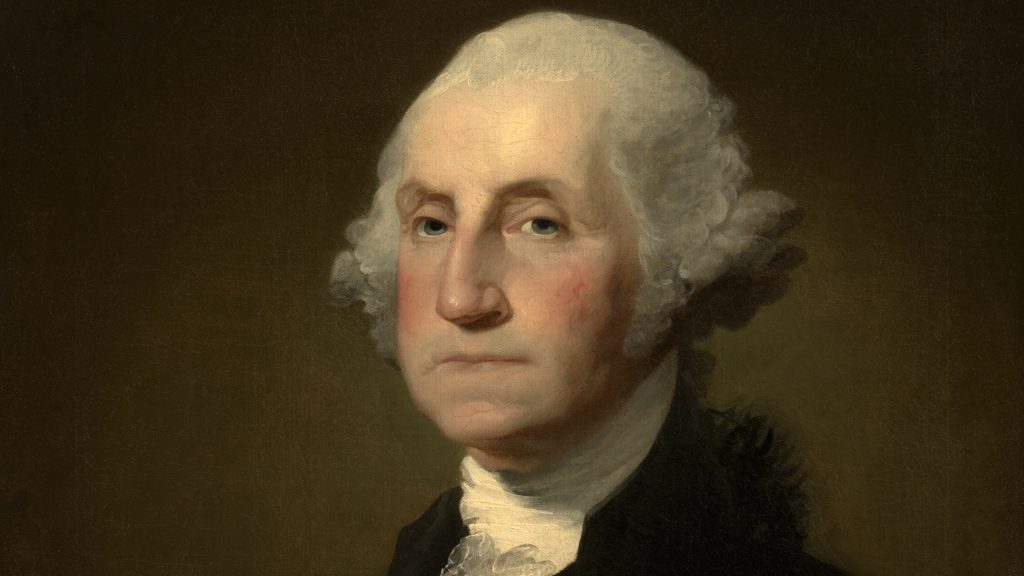
“One of the most common, especially for berries, is to dry them as much as possible … put them in a dry bottle, cork it … and then bury them,” he continued. The fruits would remain edible for up to a year, according to these accounts. Or longer.
Could the Bottles Have Held Washington’s Favorite Adult Beverage?
Boroughs, Beard, and the other archaeologists on the team initially wondered if the bottles once held an alcoholic beverage known as Cherry Bounce. Popular during the colonial era, Cherry Bounce was made by adding sugar, spices, and brandy to cherry juice.
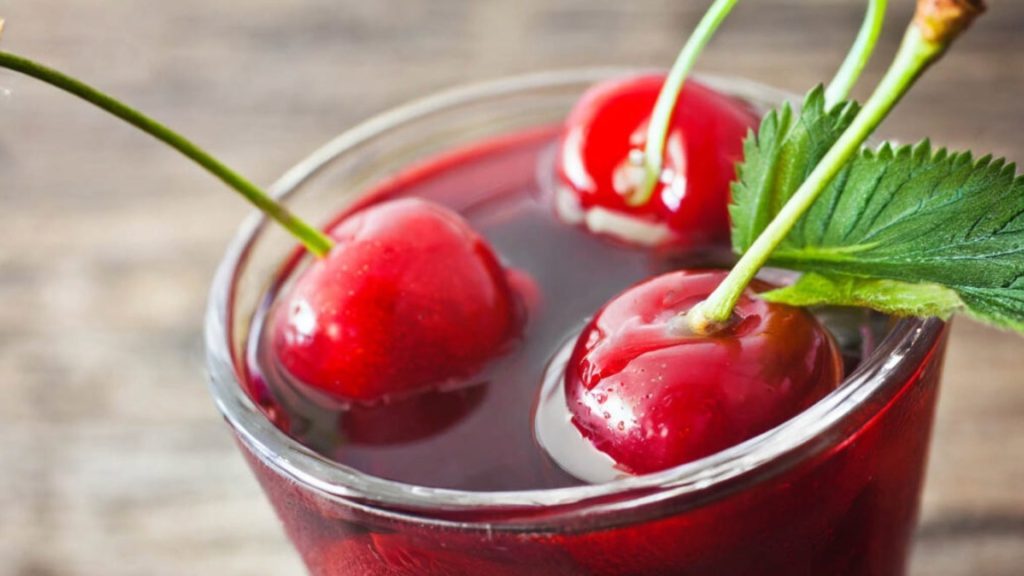
According to stories from the era, both George and Martha Washington enjoyed drinking Cherry Bounce and frequently served it to guests visiting Mount Vernon. Borough observed, however, that Cherry Bounce was traditionally made in larger containers, not smaller glass bottles.
Grown by Washington’s Slaves
It is a sad fact that several of the United States’s early presidents were slave owners. Washington had around 300 enslaved people living and working on his Mount Vernon estate. Mount Vernon was a large, diverse, and thriving farm and the Washingtons relied on slave labor to keep the plantation profitable.
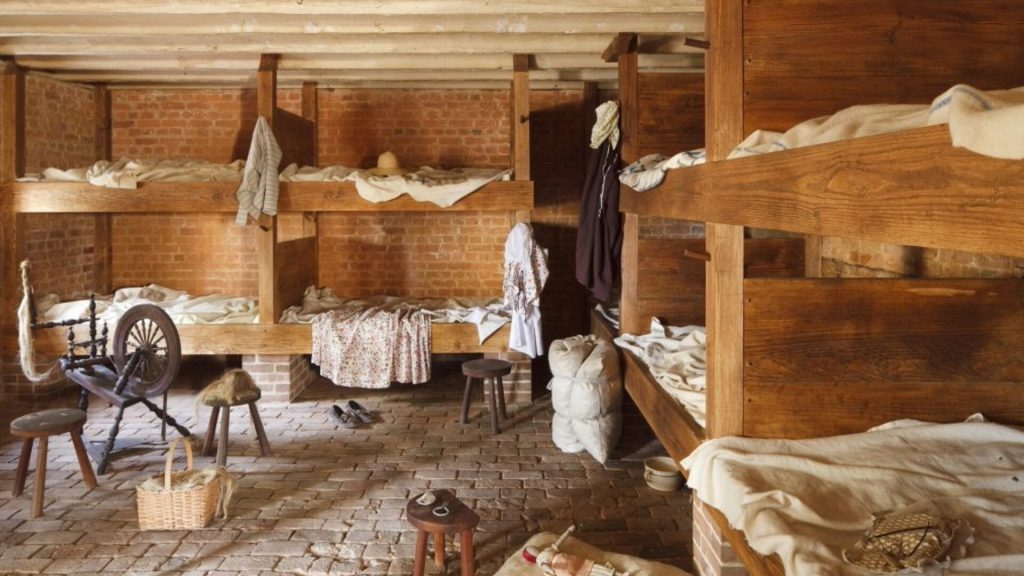
As Boroughs explained, the cherries that were discovered were probably meant to be eaten by the Washingtons and their guests in the mansion’s ornate dining room. But the work of growing, picking, bottling, and storing the cherries fell to the slaves of Mount Vernon.
A Fruity Time Capsule
According to Boroughs and the other archaeologists, the cherries they discovered in the bottles were likely picked in the 1770s. They may have even been harvested while Washington was away from Mount Vernon and leading the Continental Army against the British in the Revolutionary War.
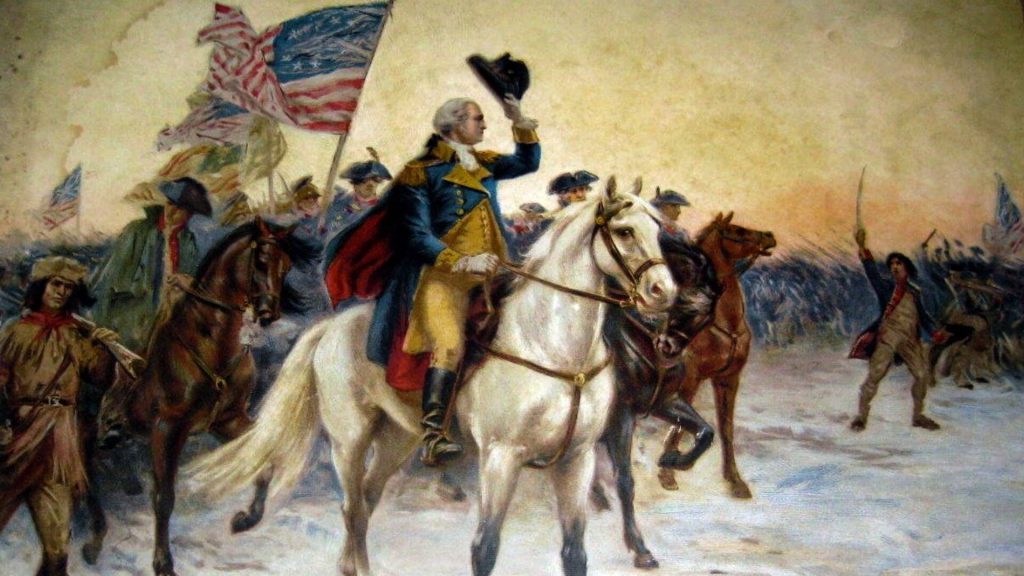
As for the glass bottles themselves, Boroughs explained that they were imported from England and dated to the mid-1700s. That would mean that cherries were probably stored and buried sometime between 1758 and 1776. “So, it’s a time capsule,” he said.
Thomas Jefferson Had Cherries, Too
The recent discovery at Mount Vernon is not the only example of bottled cherries from the Revolutionary War era that have been found. As Boroughs explained, two other notable finds were made in Virginia. In 1966, glass bottles containing cherries and other fruits were unearthed in Williamsburg.

In 1981, he continued, a bottle of centuries-old cherries was uncovered at Monticello, Thomas Jefferson’s estate. It seems that cherries were a presidential favorite.
A Thorough Analysis of the Contents
According to Lily Carhart, Mount Vernon’s curator of preservation collections, “We don’t find complete objects or artifacts often ever in archaeology. “Usually, we’re dealing with very tiny fragments.”

She added, “Where we find even the beginning of something that looks like it might be complete, that is a truly exceptional day for us.” She explained that the liquid and the cherries will be thoroughly analyzed at a later date.
“A Very Exciting Find”
The delicate bottles are now in Mount Vernon’s archaeology lab where they, along with the cherries found inside, will be further analyzed and preserved. As Beard gushed, “It has been a very exciting find.”

But that may not be the end of it. Researchers speculate that more glass bottles may be buried in the cellar, waiting to be discovered. Archaeologists are continuing their excavation work in George Washington’s basement. In the coming weeks, they hope to unearth more of Washington’s cherries.

